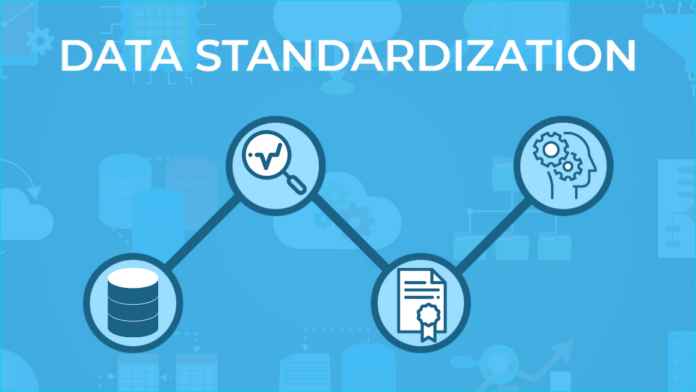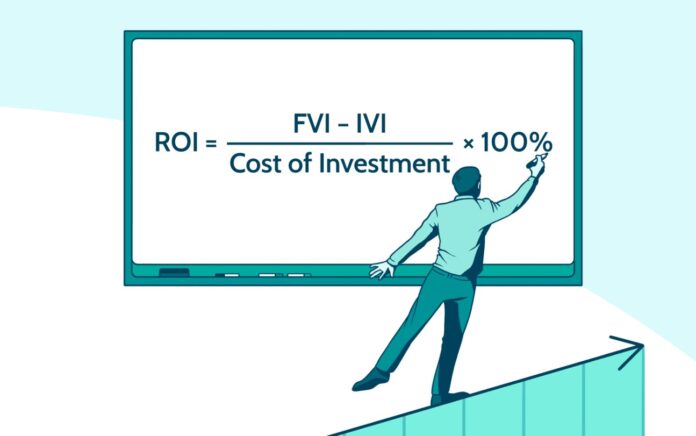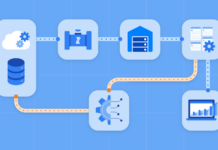Without a good plan for managing the data you collect, storing it serves your company little good. A triumphant return on investment and data standardization strategy requires careful planning and execution, like constructing a physical structure. The EmailOversight Data Quality team has often utilized this comparison, but that’s because it’s so applicable to data standardization.
In order to make your data actionable, standardization is only one part of a comprehensive data management approach. Data standardization is critical for constructing a robust management system, just as a sturdy foundation is crucial for a well-built building. So, placing money into a data standardization system is in your best interest. Companies that want to be data-driven may benefit significantly from info standardization since it facilitates the rapid and effective implementation of decisions.
What exactly is data standardization?

The term “data standardization” refers to conforming data to a uniform structure. As organizations acquire data, the information will probably end up spread over several different systems, each of which may have its own set of rules and format for storing information. Because of these subtle distinctions, your company’s data may be misunderstood or misinterpreted. Mistrust, second-guessing, and wasted effort checking to make certain conclusions drawn from inconsistent data are valid are the results of using inconsistent data.
In a data-driven company, checking and reformatting information wastes time that workers might spend doing something more productive. In a standardized system, human verification is unnecessary. If you have the correct standardization tools, you won’t waste time cleaning up your info; you can get straight to work with it.
What is the process for standardizing data?
Data from many sources is gathered and standardized into a uniform, useable format as part of the business standardization process using the criteria you establish. It eliminates outliers and irregularities to help you spot mistakes in your information and streamline your analysis.
Whether due to incompatible formats across systems or simple typos and mistakes, the incoming data into your company will likely be inconveniently presented in several ways. Capitalization, punctuation, abbreviations, alphanumeric characters residing in areas they shouldn’t, and so on, may all get muddled when several information input methods are used. Two primary goals of standardization tools are to eliminate these inconsistencies and clearly define how information should appear in the database.
Data standardization is a continuous process to link and sync formatting across numerous information input systems instead of cleaning, which only occurs every month to rectify and eradicate mistakes. Correct formatting is facilitated by standardization:
- Abbreviations for countries and states
- Phone numbers
- Brands that are known in the market
- Addresses
- Mistypes and spelling errors that often occur
- Contact information, namely, phone numbers
In what ways can I use standardization to improve my company’s operations?

A data-driven company must adhere to strict standards. Every company stores information, but the ones that stand out do so because their data is well-organized, clean, and valuable. Because of the benefits of standardization, your company may perform the following.
1. Make it easier to get information
When as many employees as possible in a workplace can access the same data, everyone benefits. Businesses gain efficiency in decision-making and action-planning when companies can freely distribute information across teams and divisions. Everyone can always be on the same page while working with consistent data, eliminating the need to reevaluate and reformat information constantly.
2. Don’t waste money or time
Adverse outcomes might be the result of second-guessing your data. A time that might be better spent making choices and taking action is lost on manual info verification and correction. When your data is standardized, you know it will always be presented in the same way, regardless of the technology used to gather it, giving you confidence in your financial decisions.
3. Think things over more thoroughly
Reading, organizing, and analyzing data with a standard format is far simpler. Information that is simple to understand can help you see patterns and learn more about your clientele, helping you to make more educated choices. You may maximize the return on your investments and expenditures by basing your choices on hard facts.
4. Connect with your clientele
Businesses may reach new and returning consumers more easily with standardized data. Consistent formatting of information like email and postal addresses helps you reach clients with personalized marketing initiatives. Accurate information ensures that your campaign has the best chance of triumph and that you don’t spend money on mailing invalid or inadequately structured addresses.
Why is it essential for my company to have a standardized format for its data?

Increased productivity and potential are the results of standardization. Some companies use many collection and storage platforms, including a marketing automation tool, a customer relationship management system, and Google Analytics. For strategic planning and long-term company planning, this information is crucial. As we work to glean knowledge from our information, it’s crucial that everyone involved sees and understands the same thing.
There would be much lost time and misunderstanding amongst departments if data weren’t standardized before being used in these operations. A company’s information is more of a liability than an asset if its employees have difficulty understanding and making sense of it. Data standardization is an essential initial step whether you are in the midst of a transfer or modernization project or if you have been tasked with cleaning up your customer information before launching a loyalty program or marketing push.
Businesses’ data is among their most valuable assets. It has the potential to either help your company grow by allowing you to reach more people or to slow you down and prevent you from getting anywhere. From our perspective, it’s easy to see which option makes the most sense.
Increase your return on investment by standardizing your data
If you want to succeed, why take the chance of inaccurate information bringing you down? Consider your data a valuable strategic resource. Decision-making, system efficiency, and customer connection-building may benefit significantly from easily digestible and trustworthy information. Standardizing it is the key to unlocking its full potential and realizing more profits from your data. We at Email Oversight can assist you with standardizing your data to maximize its potential. To visit the website, click here.









